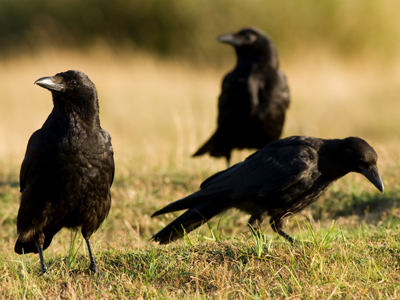

Much Ado About Nothing - Illustrating and Supporting Points
This Literature quiz is called 'Much Ado About Nothing - Illustrating and Supporting Points' and it has been written by teachers to help you if you are studying the subject at high school. Playing educational quizzes is a user-friendly way to learn if you are in the 9th or 10th grade - aged 14 to 16.
It costs only $19.50 per month to play this quiz and over 3,500 others that help you with your school work. You can subscribe on the page at Join Us
This high school English Literature quiz sees how good you are at illustrating and supporting points, specifically for Much Ado About Nothing by William Shakespeare. One of the most important skills you can develop during your GCSEs is the ability to support your points by referring in detail to evidence in the text. This quiz allows you to test those skills. When you wish to make a point about a text, you can be much more persuasive by quoting or referring explicitly to a specific part of the text. After you’ve given some evidence to support your point, you will also need to follow up with an explanation.
A thousand blushing apparitions
To start into her face, a thousand innocent shames
In angel whiteness beat away those blushes,
And in her eye there hath appeared a fire.
The Friar
Ready for more?
not all...
quizzers. Try to win a coveted spot on our Hall of Fame Page.






